Just when you thought you knew all South Africa had to offer well-travelled locals, Teagan Cunniffe and Melanie van Zyl covered thousands of kilometres, north to south, east to west, to find budget-beating experiences off the tourism trail.
Don’t let a staycation get you down this summer. On a historical street food tour through friendly Fordsburg in Johannesburg, Gilda Swanepoel of Eenblond Tours paints a vivid picture of this crazy city, starting in Newtown in the city centre.

Gilda reminded me that Jo’burg started out as a mining town built on the work of immigrants, and it’s still a city that hustles. Muslim, Middle Eastern, Asian and African residents call Fordsburg home, and the rich mix of culture spills out on the streets in the form of sensational street cuisine. There are few menus to be found on this walking tour, and it’s gritty at first, but Fordsburg opens up when you explore with Gilda at your side.

Starting with a sweet coconut samoosa from the Oriental Plaza, you can literally eat your way through the history of this fascinating suburb. Street vendors offer fresh coconut juice shipped in from the shores of Mozambique; there’s sugarcane juice and mango lassis, too (or avocado if you prefer); sweetmeats are available in every colour imaginable and, of course, spicy snacks too. Meet the guys behind smoking tandoori chicken fires and learn Mahatma Gandhi’s story, an integral part of these streets.
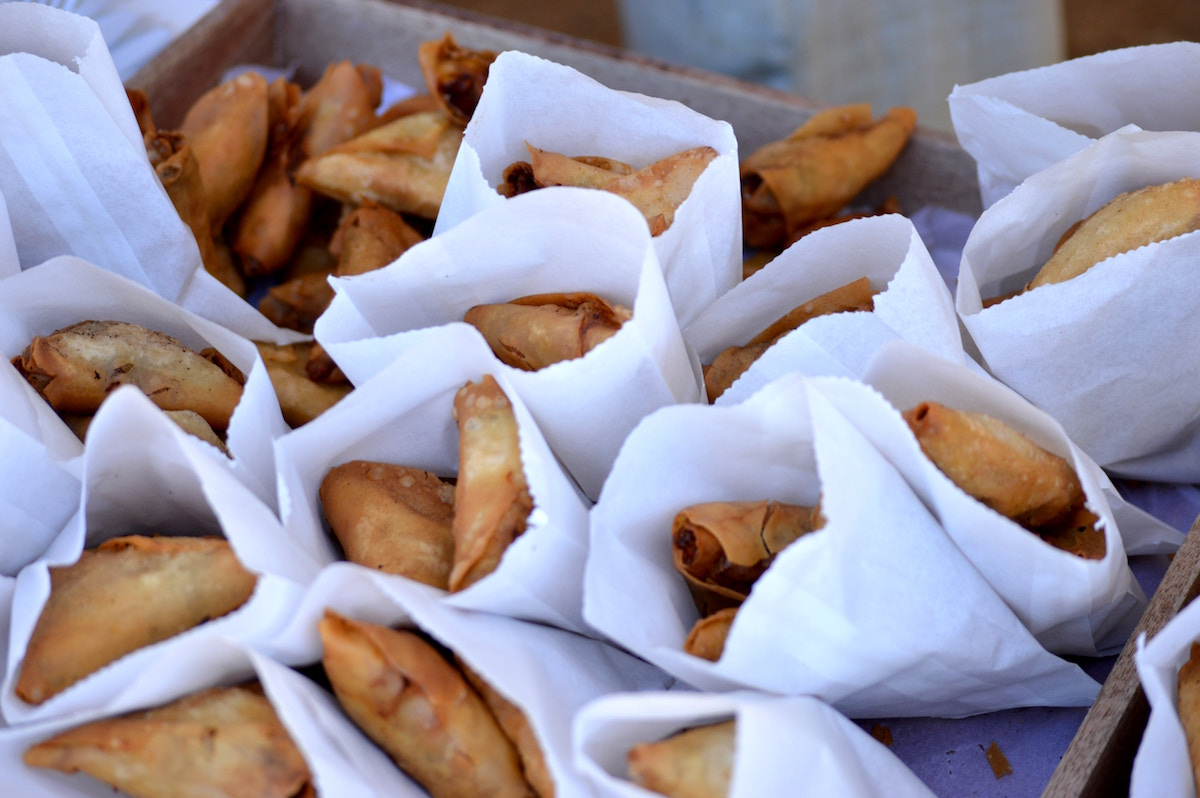
The details: Each three-hour tour is limited to a maximum of 15 guests. You’ll walk from Newtown to Fordsburg, then catch an Uber back. The tour includes lunch and snacks, but bring cash for takeaways.
The world knows the Kruger National Park to be a really wild place, but did you know that just 6% of the park’s roads are open to the public?

To see the true wilds of this iconic destination, you have to walk it. Seven wilderness trails are offered in the park and walking safaris are set far away from normal tourist activities. Each three-night fully catered tour can accommodate eight people and consists of a morning and afternoon walk each day.
We chose the Olifants Trail, and on the first day our guide, Steven Oosthuizen, emphasised, “If you’re doing this to see the Big Five, it’s going to be disappointing.”

These trails are tailored so that visitors can experience the bush of the Kruger without the barrier of a vehicle: see how dung beetles roll elephant dung into breeding capsules and learn the difference between lion, leopard and spotted hyena spoor. The tour will have you listening for birdcalls and will sharpen your other senses, too, as you wander the wild with a guide to guard the way.
The details: Walks centre around the picturesque Olifants Trail camp on the banks of the Olifants River. Although not guaranteed, you may find yourself within range of big game such as the docile elephant bull we encountered.
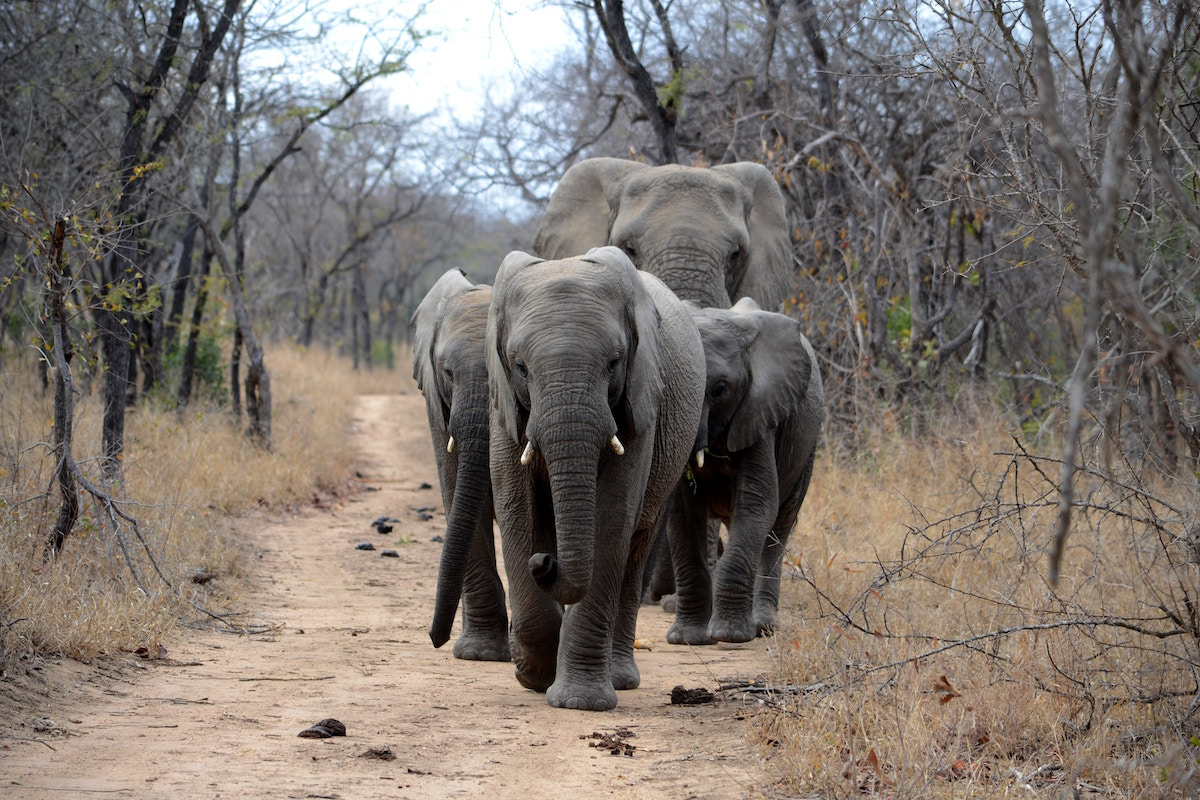
Each day’s walk is about five to six kilometres and takes roughly four hours, so afternoons are free for napping, reading or playing a board game (pack your favourite). Bring good walking shoes, a hat, dark, neutral clothing and binoculars. There are only four huts in the Olifants Trail, which sleep two people each, so if you go solo you may find yourself sharing.
A most extraordinary understanding when looking through a telescope is of its function as a time machine: when you look up at the stars, you are seeing ancient light.
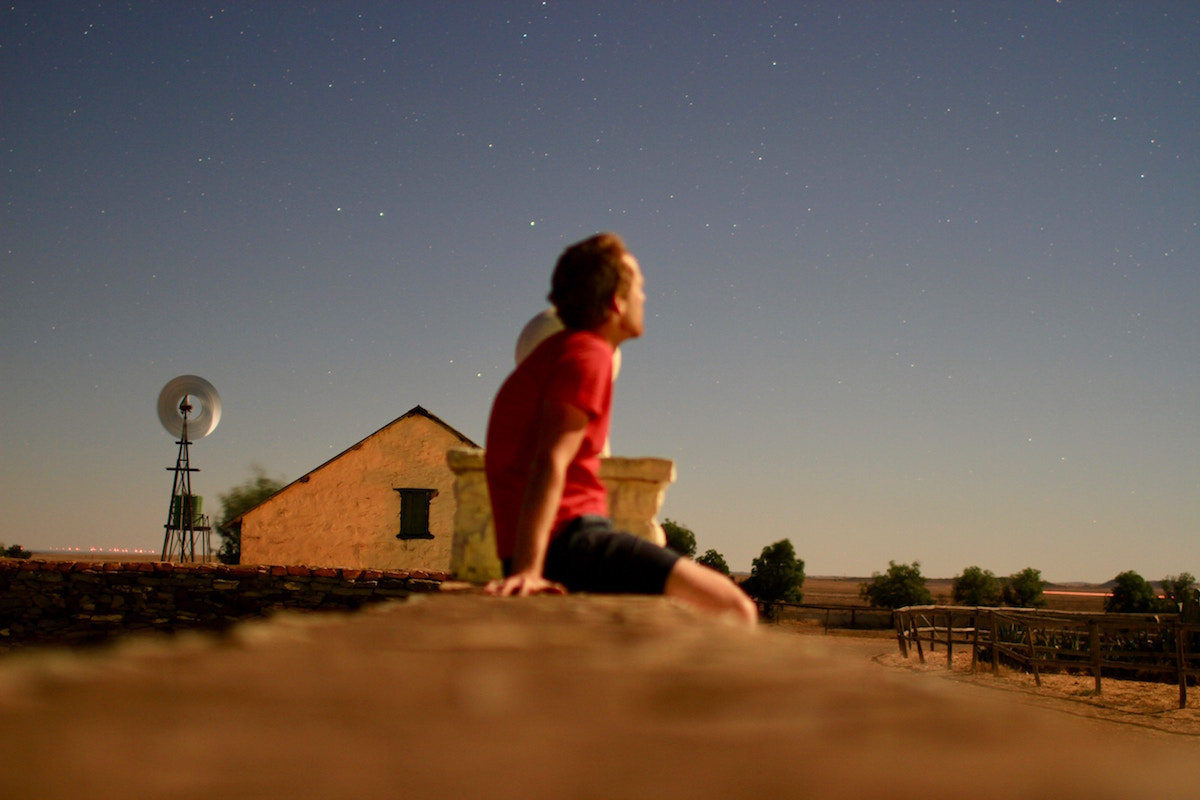
Proxima Centauri is the closest star to our own star, the sun, but it’s four light years away – this means that the light from Proxima Centauri takes four years to meet our eyes. Even our sun’s light takes eight whole minutes to reach us in summer.
South Africa is blessed with extraordinary skies, but there are other good reasons that the Southern African Large Telescope (SALT) is located in Sutherland, out in the vast Karoo. Aa relatively high altitude of ,offers an ideal setting from which to study the marvels of the universe While private citizens aren’t granted access to this giant machinery, we can enjoy the homely village of Sutherland, which is a time machine in itself.

Fossils lie embedded in the arid landscape and a 66-million-year-old volcano skulks along the Roggeveld plateau, disguised as a mountain. It’s also home to perfectly tender, flavourful lamb (curries, pies, stews … you name it) and affordable stargazing through smaller telescopes for non-scientists.
Explore nearby Fraserburg, Carnarvon and Williston and revel in the isolation of the Tankwa Karoo National Park, with nothing but the sky for company.
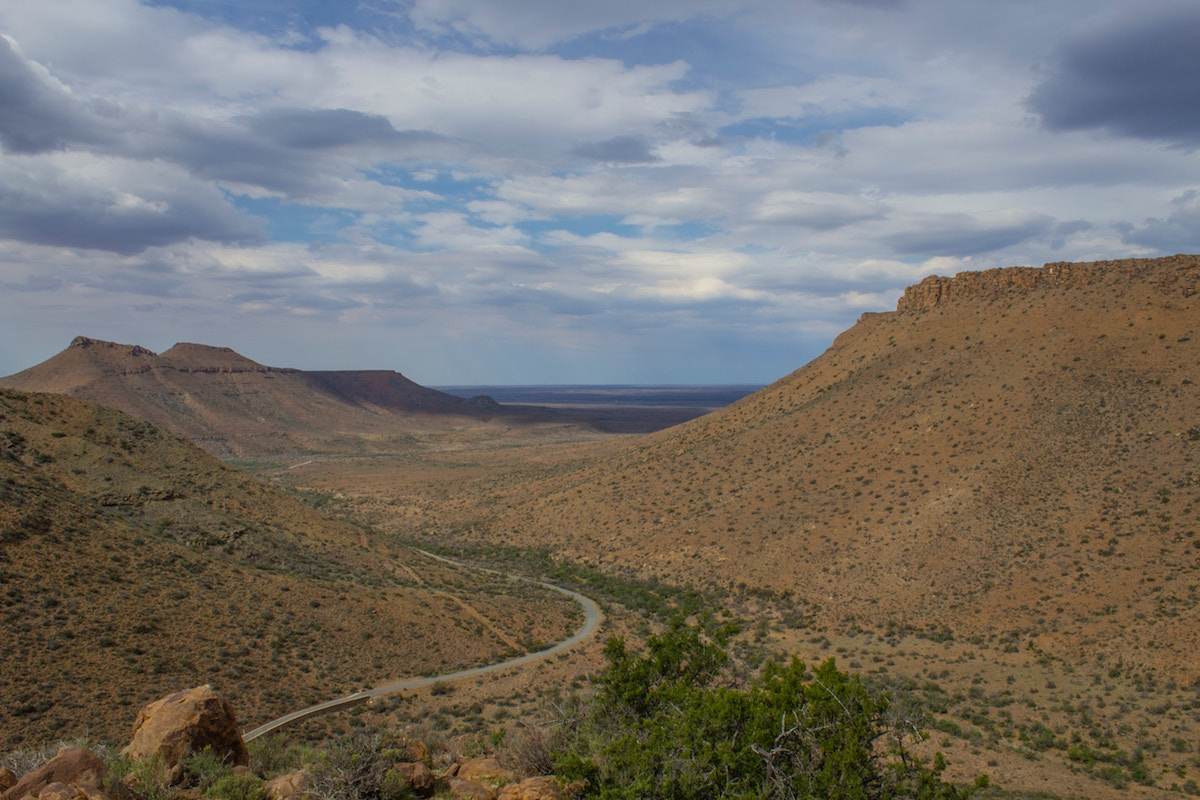
The details: You can join a stargazing session at the SALT visitor centre, but we preferred the stories shared by Sutherland local Jurg Wagenaar at Sterland; learn more at www.discoversutherland.co.za.
The nearby Tankwa Karoo National Park is great for summer, offering accommodation at Elandberg Wilderness Camp, a beautifully restored farmhouse with a swimming pool to combat the Karoo’s summer heat.
Lisbon Falls is part of the iconic Panorama Route – home to more waterfalls than any other part of South Africa, according to South African Forestry – and just one of many incredible natural attractions in the area.
At 94 metres, it’s the highest waterfall in the province, but what most visitors don’t know is that it’s best appreciated from below. Less than 10 kilometres from the town of Graskop and easily accessible as a day trip from Sabie, this picturesque mountain pool is perfect for summer swims and a picnic on the river rocks.

Lisbon Falls is named after the Portuguese capital, which is also the name of a large farm nearby. Other farm names in the area include New York and Berlin, so named to honour the origins of the many miners that flocked here to strike it rich during the gold rush.
Although it looks drastic, the descent into the gorge is an easy 40-minute hike – but it might take a little longer to climb out again. If the hike doesn’t appeal to you, there are also lovely pools above the falls. Don’t venture too close to the edge, but stick about 100 metres upstream, close to the concrete forestry bridge.
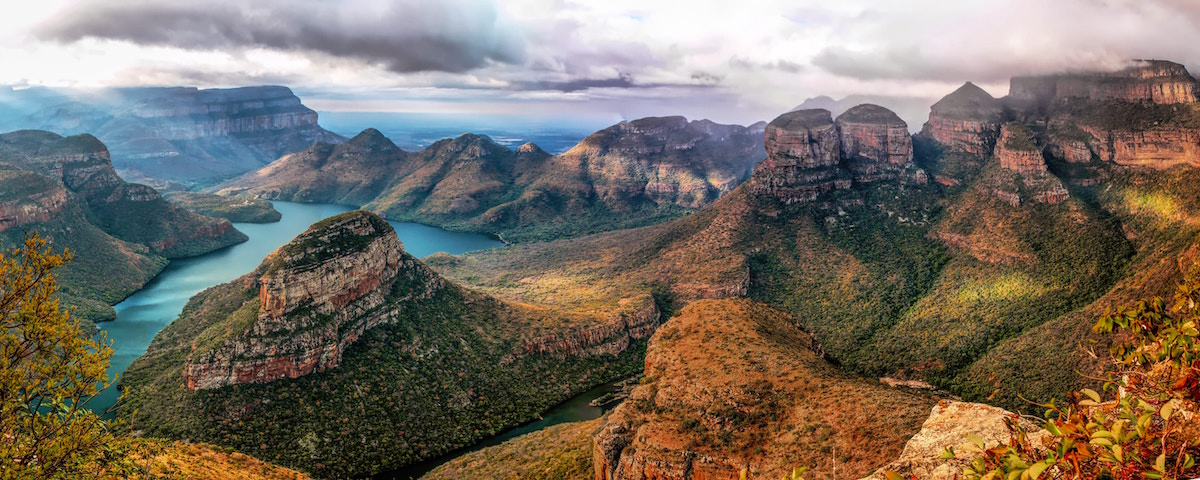
The details: Best seen from the bottom, ask Ian Mashego or Phillicity Flischman at nearby Lisbon Hideaway how to find the trail, as it’s not signposted (www.lisbonhideaway.co.za). Take a walking stick to navigate the slippery bits and pack a picnic to enjoy at the bottom.
Cape vultures are huge, with wingspans of up to two metres. They’re also listed as endangered on the International Union for Conservation of Nature’s Red List of Threatened Species – the species’ numbers falling because of poaching, poisoning and loss of habitat. It’s quite a rare event, then, to find scores of these birds flying within meters of you on the edge of a sheer escarpment.
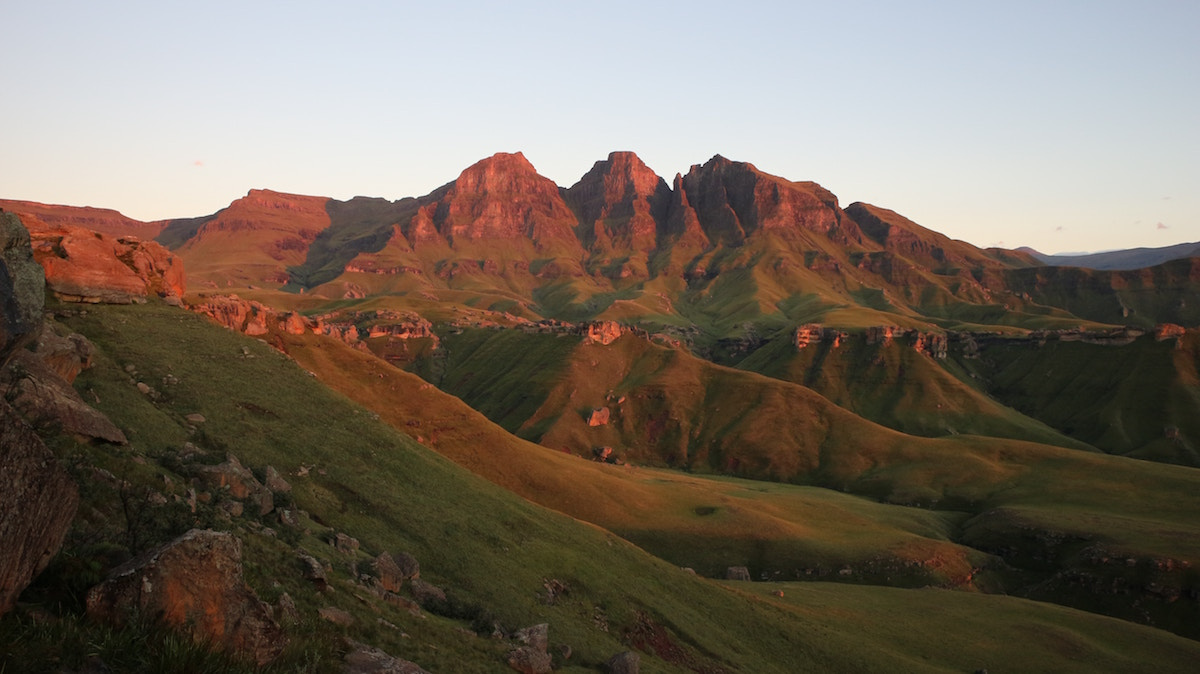
Callum Piccione and Shaun Vorster recently created the two-day Drakensberg Vulture Trail, which skirts the border between the Free State and Kwazulu-Natal. At 38 km, it’s a fair distance made easier by not having to lug tents and food – your gear is transported ahead by car. And it’s not just vultures that you’ll see: herds of migratory eland, blesbok and mountain zebra clatter by, while red-winged francolin burst from underfoot. Other birds are there for the spotting, too, if you have the eye – we counted 65 species by the end of our stay. Rock paintings snatch you back in time and yellowwood forests run thick across skyscraping sandstone mountains.
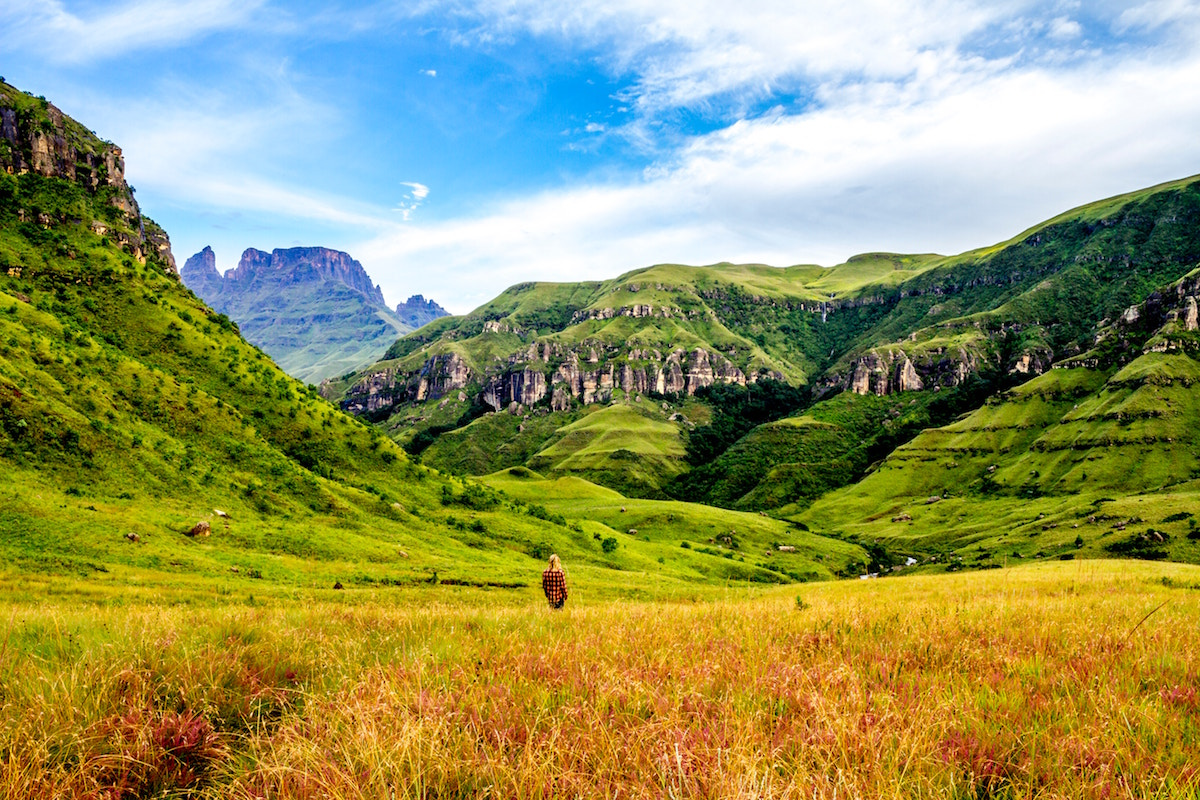
After each day’s hike, a comfortable lodge awaits. Berghouse and Cottages and Greenfire Drakensberg are worthy destinations on their own, with views over the Northern Drakensberg. Extend your trail by a few days to explore the trout fishing, horse riding, hiking, historic battle sites and restaurants of the area, or do a day trip up the Oliviershoek Pass via Golden Gate National Park and arrive at Clarens for lunch.
The details: rates for The Vulture Trail start from R3 850 per person, all-inclusive.
There’s something both exhilarating and terrifying about being handed the keys to a boat and watching the land fade away with only your non-sailor selves on board. But that’s the situation we found ourselves in after booking a houseboat with Old Willow Houseboats on the Vaal River.
“Go upriver if you want to find bars. Go downstream for birds – and you might even spot otters,” we were advised.

Captaining these boats is uncomplicated, and between the quiet of the river and your braai smoking away at the back of the boat, the experience makes for an ideal escape from Johannesburg’s bustle, just an hour away. We didn’t spot otters, but we did awake to a chorus of weavers in the reed bed we’d anchored into for the night. The Vaal River beckoned, gleaming silver in the early morning light, and our biggest question for the day was whether to go upriver or down.
The details: You must complete a temporary skipper’s license test (a glorified briefing), which is arranged by the operator, Old Willow Houseboats.
Green is a rarity in the Richtersveld, where rock upon piles of rock dominate the landscape, but the beauty of the mountain desert defies the sparse colour. Travel by 4x4 along bumpy roads and a barren paradise will unfold before you that is both desolate and extraordinary.

The Richtersveld Transfrontier Park spans Namibia and South Africa across 5 920 sq.km., is thought to contain the world’s largest trove of succulents and is listed as one of Africa’s Peace Parks. To the north is the expansive Fish River Canyon, which you can reach by pontoon transfer across the Orange River at Sendelingsdrift. Just south of the National Park you’ll find the Richtersveld Community Conservancy, a World Heritage Site and home to Nama living traditional, pastoral lives.

Sitting on the banks of the Orange River watching fireflies dance over the rippling surface, however, we were oblivious to all this. We’d camped at De Hoop, right at the edge of the riverbank facing Namibia. We could reach out and touch the water from our tent. Far, far away from the rest of the world, we swam in the river as the sun set, and laughed around the campfire as the stars did their eternal wheel above.
The details: visit SANParks’ website for rates and conservation fees for |Ai|Ais-/Richtersveld National Park.
By Teagan Cunniffe
I am terrified of sharks. Their shape, their teeth, their lithe grace in waters in which I flounder. And yet here I was, about to jump into the ocean 50 km off Cape Point.

We’d travelled by boat out to the depths of the Atlantic Ocean, stopping briefly to admire seals and birds with delightful names like the Atlantic yellow-nosed albatross and sooty shearwaters. It’s out here, far into the deep, deep waters, that blue sharks swim.
“They’re really quite beautiful,” said my friend Darrel, attempting to bolster my confidence levels. “They’re like puppies. They have big eyes and they come up to you, but they won’t do anything dangerous – they’re just curious.”

I gathered my nerve, jumped into the water and discovered he was right. Surrounded by 18 of these long, pearlescent creatures, the tight ball of anxiety in my chest relaxed and I enjoyed the water’s embrace, gazing down at the sharks beneath me as they swam languidly between divers and snorkellers. A large mako shark also appeared, but by then I was back on the boat animatedly describing the shark that had swum alongside me, so close I could make out the detail in its eye. To be so vulnerable, yet so enthralled and humbled, made this animal encounter one of a kind.
The details: Swim with pelagic blue and mako sharks through www.piscesdivers.co.za.
“There! What’s that, in the window?”
The hysterical edge to our friend Caroline’s voice stopped us mid-step. We hurried over to where she stood, transfixed by her camera screen. She zoomed in, and we saw it too: a bright flare with a distinctly human shape.

We were on high alert for ghosts – after all, the National Heritage site of Matjiesfontein is reputed to be the most haunted place in South Africa. There’s Lucy, who is fond of a negligee and floats along passages, and Kate, who shuffles cards in the dead of night. Legend has it that she was a nurse who played cards with her patients and died, mysteriously, of course, at the age of 19. And let’s not forget the Lady in White who haunts the garden, rattling doorknobs and whooshing through people.
Hauntings aside, Matjiesfontein is historic in every sense. A single road lined with quaint houses leads into town, and there it ends. Signs creak in the wind. A warehouse stands full of antique cars and the dark shapes of retired trains loom in the shed. Marie Rawdon’s museum brims with curiosities and, inside The Laird’s Arms pub, local resident Johnny taps out jaunty tunes on a 100-year-old piano. Outside, along the riverbed, tall gum trees whisper in the moonlight, their leaves brushing one another in ghostly conversation.

The details: The Forgotten Route, offered by Wine Flies, a Cape Town-based tour company, is one of the best ways to experience Matjiesfontein. The two-day trip includes a train ride to Matjiesfontein; a tour; overnight accommodation; wine, biltong, olive and brandy tastings; and a scenic roadtrip back to Cape Town via Montagu.
Unexpected events often leave the greatest impression on us. Driving up from the entrance gates at Camdeboo National Park, we had no visual reference for the views ahead before we rounded the last curve of the road and first glimpsed the Valley of Desolation. Impossibly tall dolerite columns stretched to the sky before the escarpment dropped off sharply, with the small town of Graaff-Reinet backdropped by the Great Karoo in the distance.

We parked the car and started the 45-minute Crag Lizard Trail, watched by the scaly black reptiles themselves, before arriving at the first viewpoint. Before me were rows of red rock, 130 metres tall and clustered together to form an island. Starlings flitted between the columns, bird song echoing though the valley between us. A rock slipped off the edge where we stood, clattering down in a seemingly eternal fall. Clouds shifted and the sun flared, saturating the rocks with colour.
Gradually, the other tourists left until it was just us, the setting sun and 200-million-year-old rocks looking down on the aptly named valley.
The details: Camdeboo National Park is five kilometres from Graaff-Reinet, a town filled with heritage buildings, quirky restaurants (try Polka Café) and a grand Dutch Reformed church.
Hogsback is unashamedly different and intriguing to explore. The most magical of the cabins and cottages here is Hogrock Falls: two wooden cabins with “living roofs” overlooking pine forests often shrouded in mist.

Hand-built and designed by artist and owner Leigh Smith, the cottages have fireplaces stocked with plenty of wood and an overload of character. A short walk takes you through the pines to a tumbling waterfall, where running water provides a soothing soundtrack to your stay.
The town of Hogsback is a 10-minute drive away and is especially atmospheric at night. The orange glow of fireplaces flickers from restaurant windows. Coloured light bulbs illuminate the trees as friends sit around rough-hewn tables sipping beer and spilling laughter.
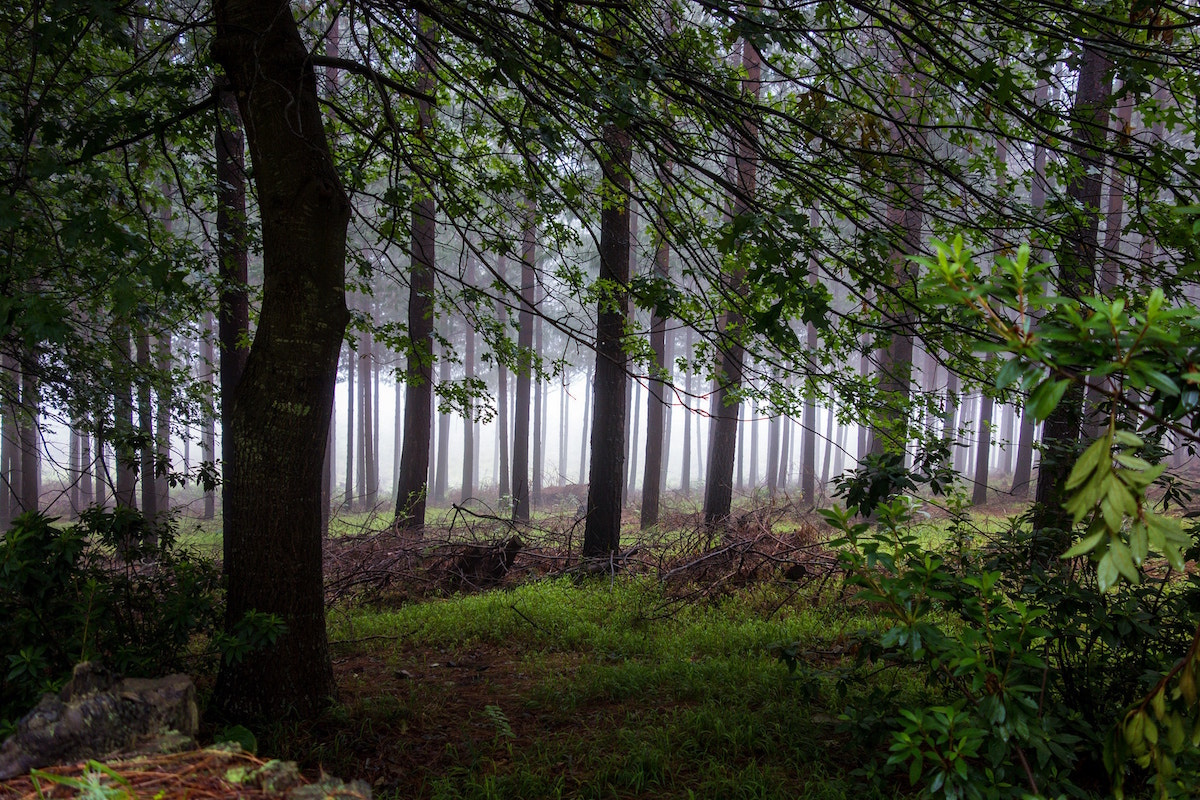
When it’s cold – and it snows regularly up here throughout the year – hot glühwein and belly-filling meals are standard. Mosaics and gemstones, stone circles and gardens, biking trails and horseriding are just some of the activities available during the day, in addition to the numerous hikes: from the 15-minute 39 Steps Falls to multi-day routes like the 100 km Amatola Hiking Trail.

Most walking routes lead to a waterfall of some kind and, with the mist and snow and enchanting residents, it’s no wonder the area is said to have inspired the Shire of Tolkien’s Lord of the Rings.
The details: Stay at the Hogrock Falls cottages in Hogsback.
. . .
To book any of these or other South African adventures, contact your Sure Travel agent. Ask your Sure Travel agent for great deals on fly/drive package. Visit www.suretravel.co.za or call 0861 47 48 49.
